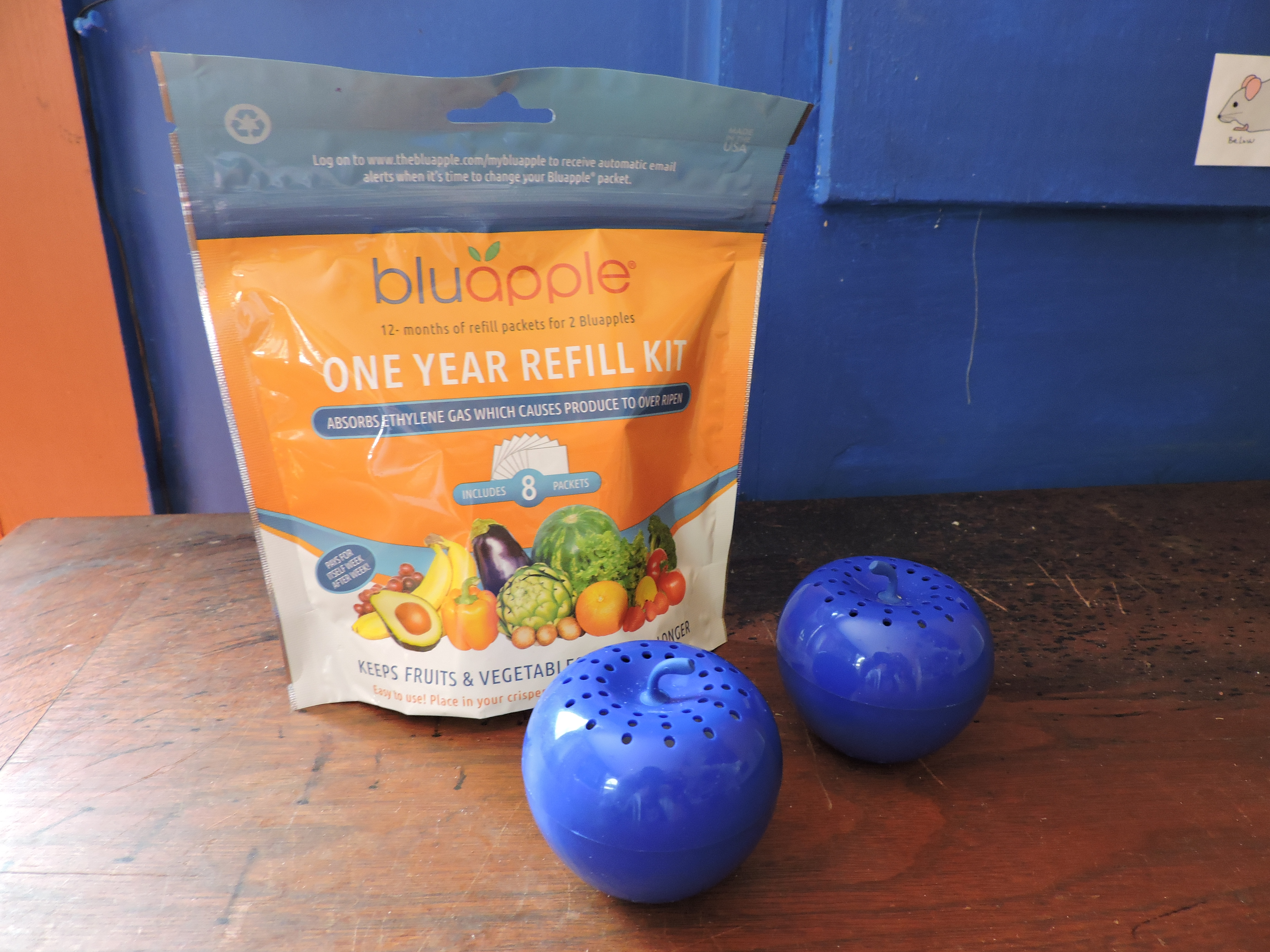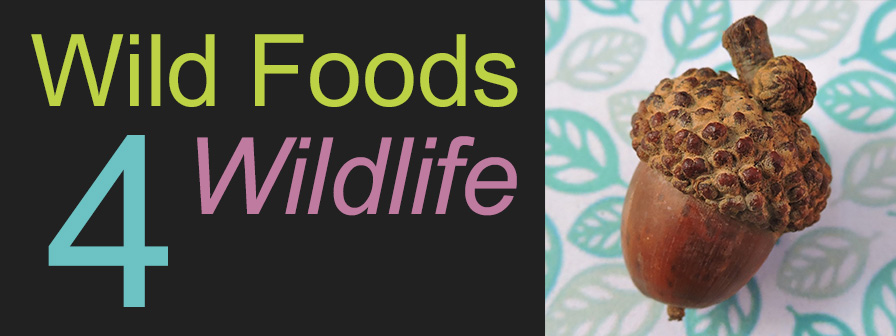
Ethylene Gas and Food Quality
With fruits and greens, humidity, air circulation and exposure to ethylene gas (C2H4) are the components that most affect the longevity of the harvested food. Ethylene gas is a naturally occurring gas that is emitted from fruits and vegetables. In nature, it signals from one fruit to another that it is time to mature—it synchronizes the maturation timing on the plant. Ethylene gas tells plants to ripen.
Once in your refrigerator, the ethylene gas emitted by some fruits concentrate in the enclosed space of the refrigerator and bathe your wild dewberries, dandelion greens and paw paws in ethylene, telling them to hurry up and ripen more. Before you know it, ripening turns to rotting.
If you can reduce the exposure to ethylene gas, you may double the storage-life of your collected fruits and greens.
The key is keeping high ethylene producers separated from highly sensitive fruits and greens. Keeping the high ethylene producing grocery store fruits and veggies enclosed and inside the refrigerator crisper drawers. Then keep the wild foods you are trying to protect in more open areas in middle shelves. If you are doing a lot of foraging, you may want to invest in a dedicated mini-fridge just for your high value foragables. Plus, I’d recommend adding an ethylene-absorbing product you can buy that are made for both home or commercial use.
High ethylene-producers
- Apples
- Apricots
- Avocados
- Bananas
- Blueberries
- Cantaloupes
- Cranberries
- Green onions
- Grapes
- Honeydew melons
- Kiwis
- Mangoes
- Nectarines
- Papayas
- Peaches
- Pears
- Persimmons
- Plums
- Tomatoes
Ethylene sensitive foods
- Berries, generally
- Blackberries
- Dewberries
- Kale
- Leafy greens
- Lettuce
- Paw paws
- Parsley
- Raspberries
- Spinach
- Strawberries
- Watercress
